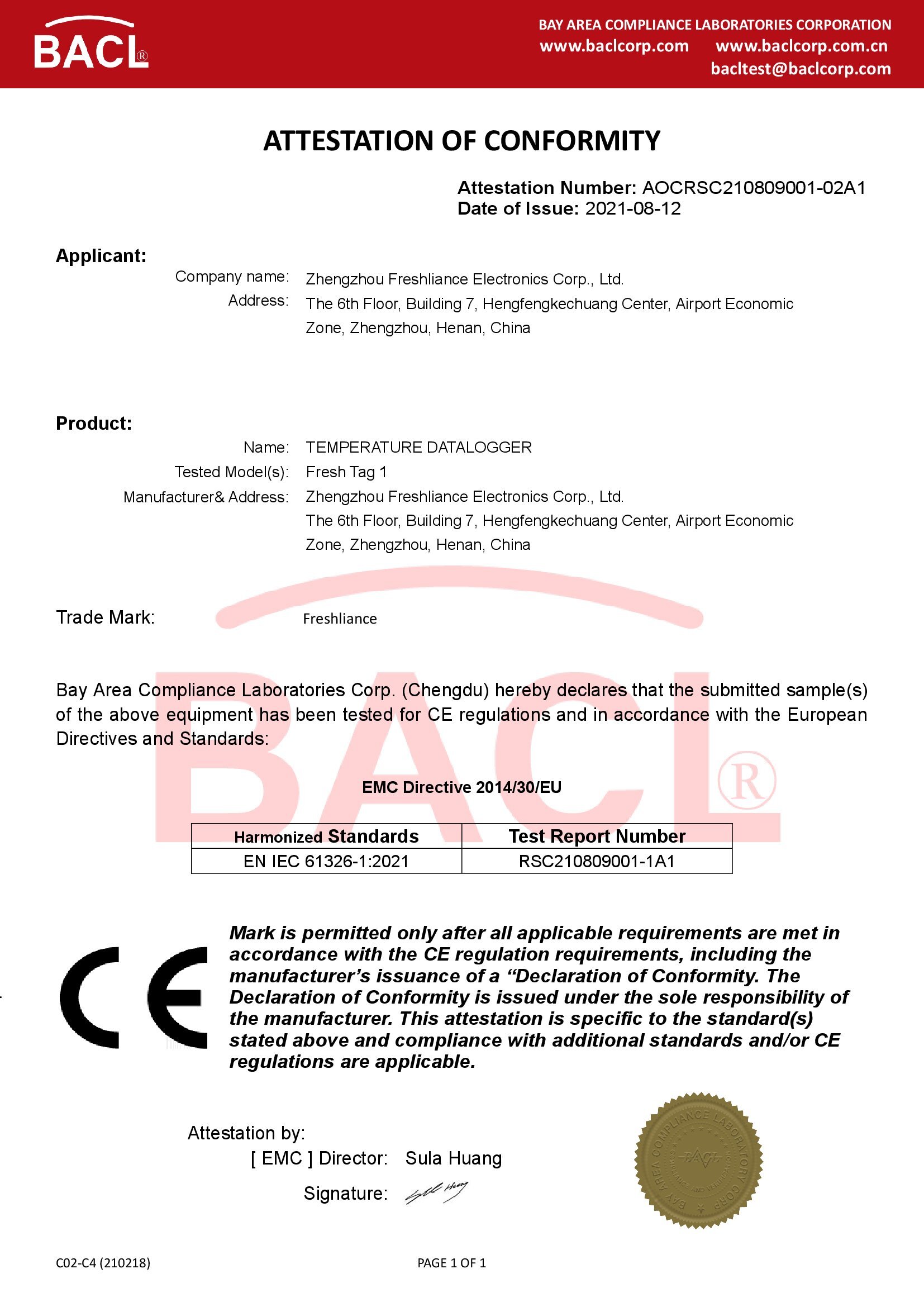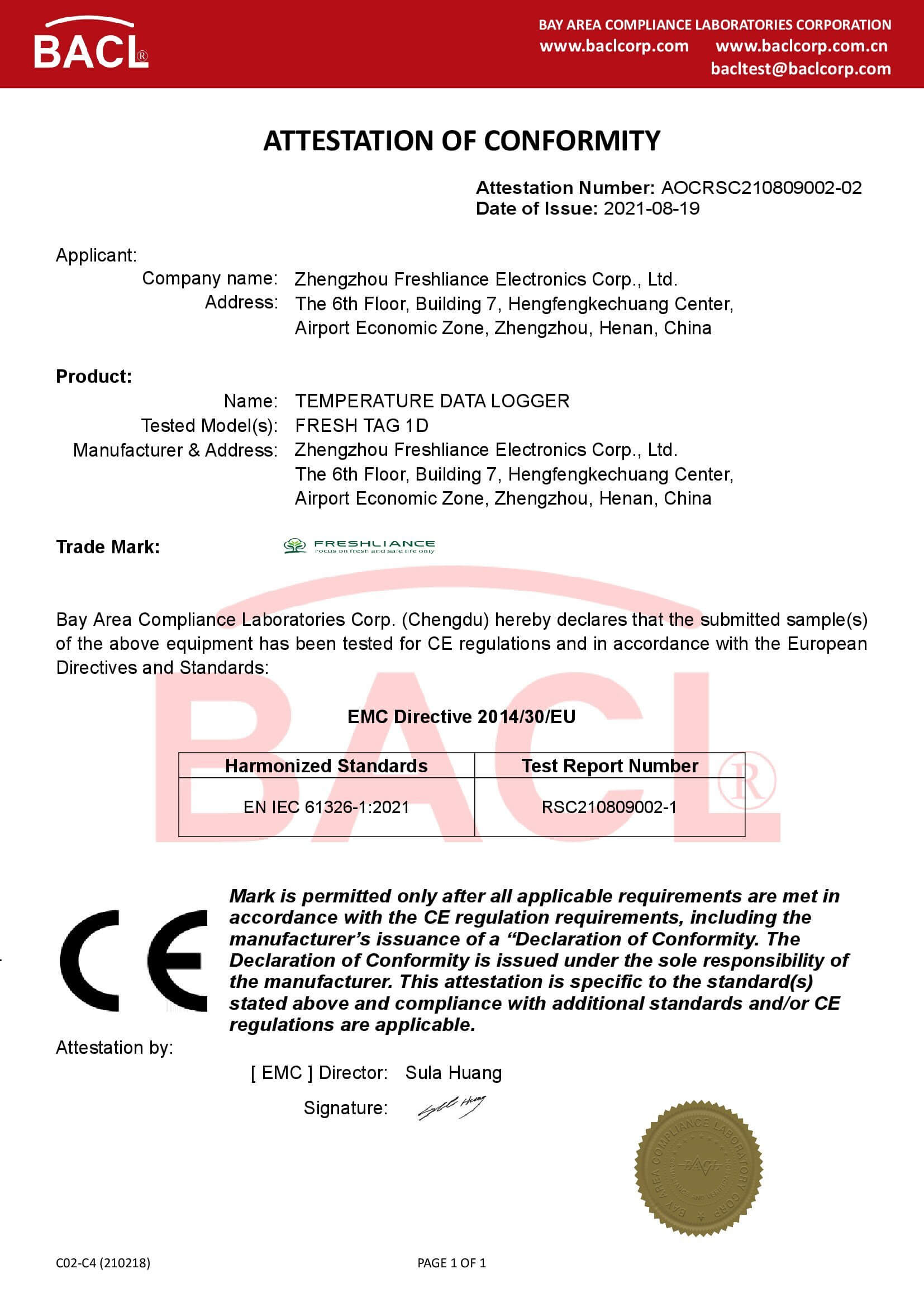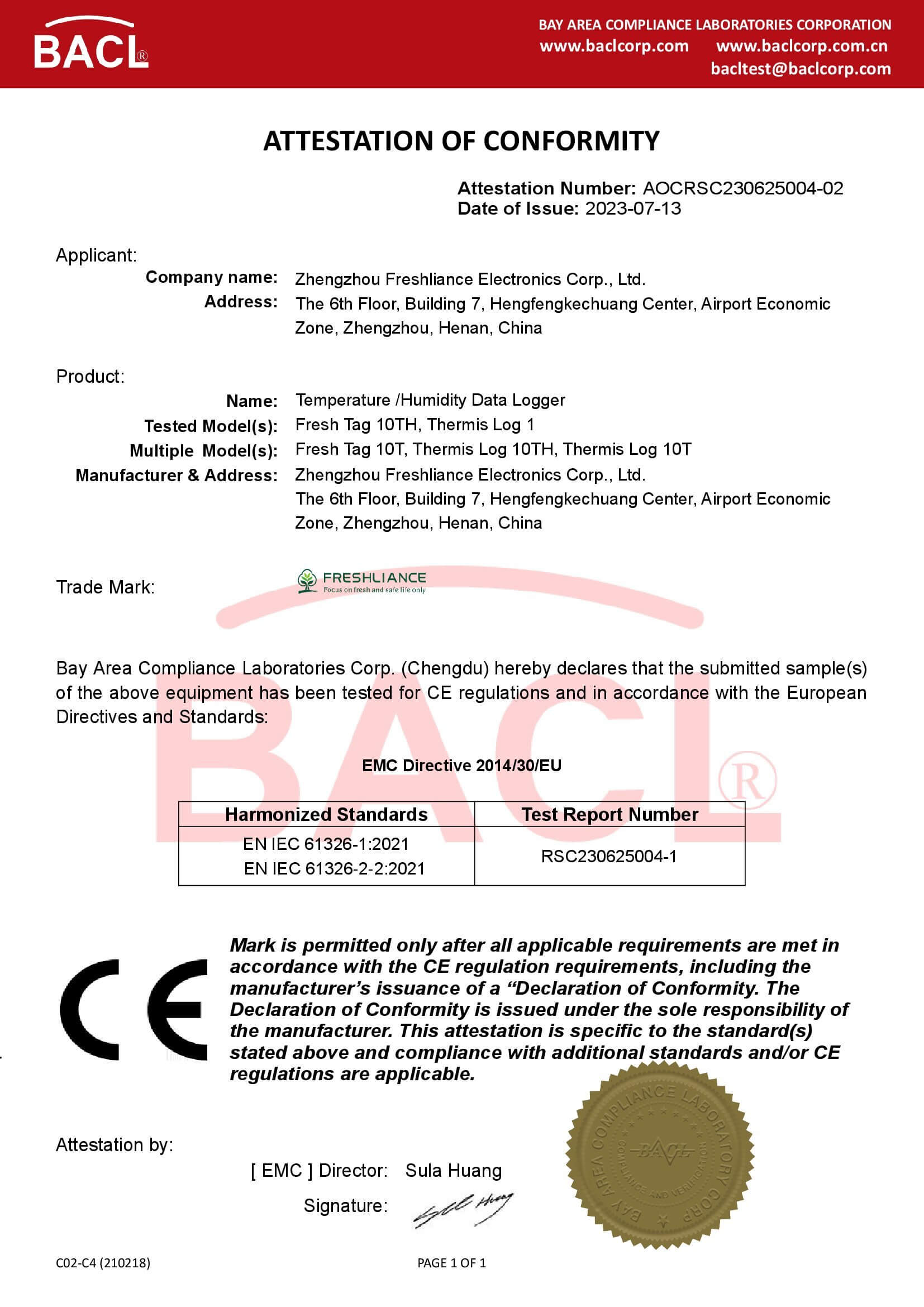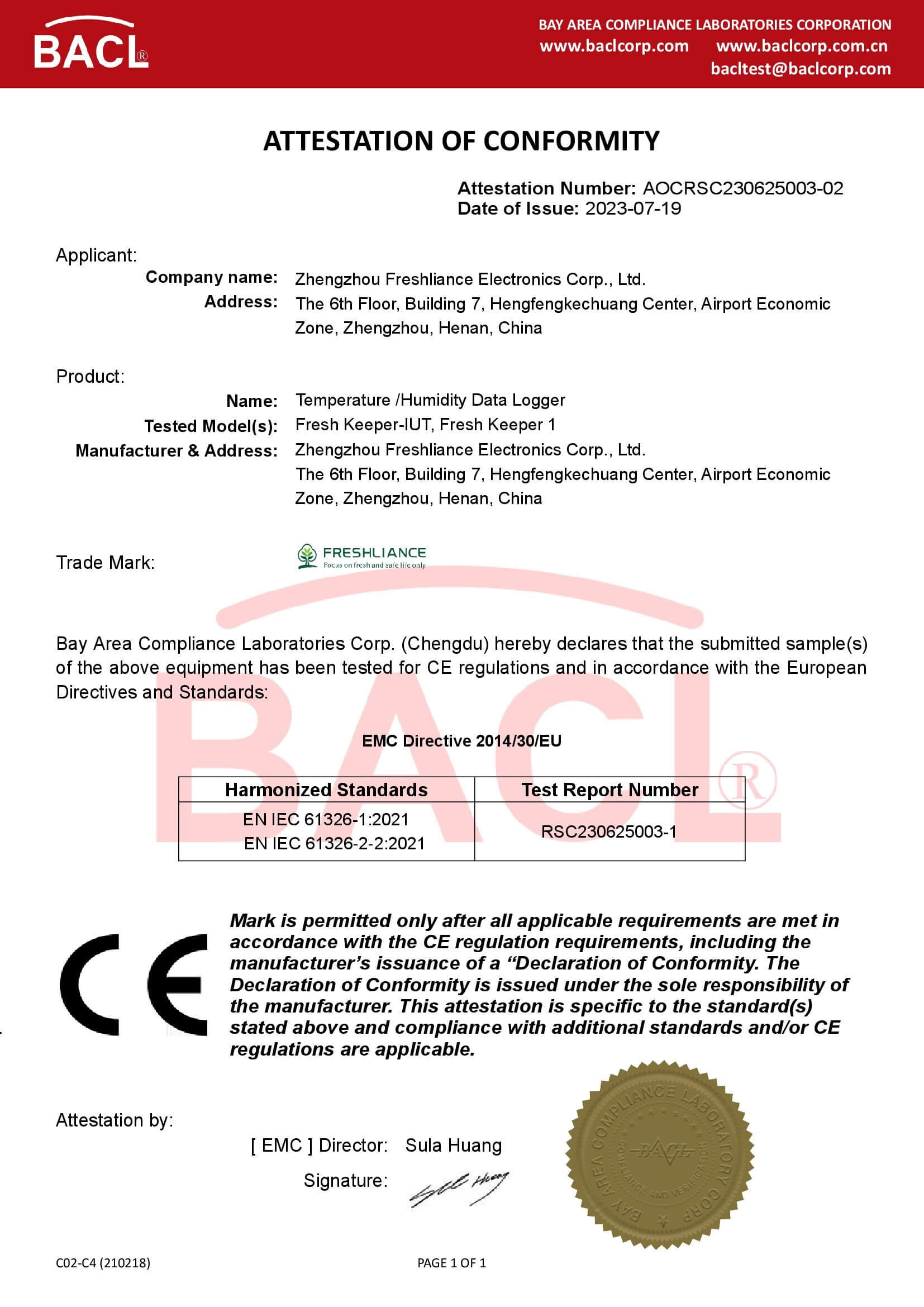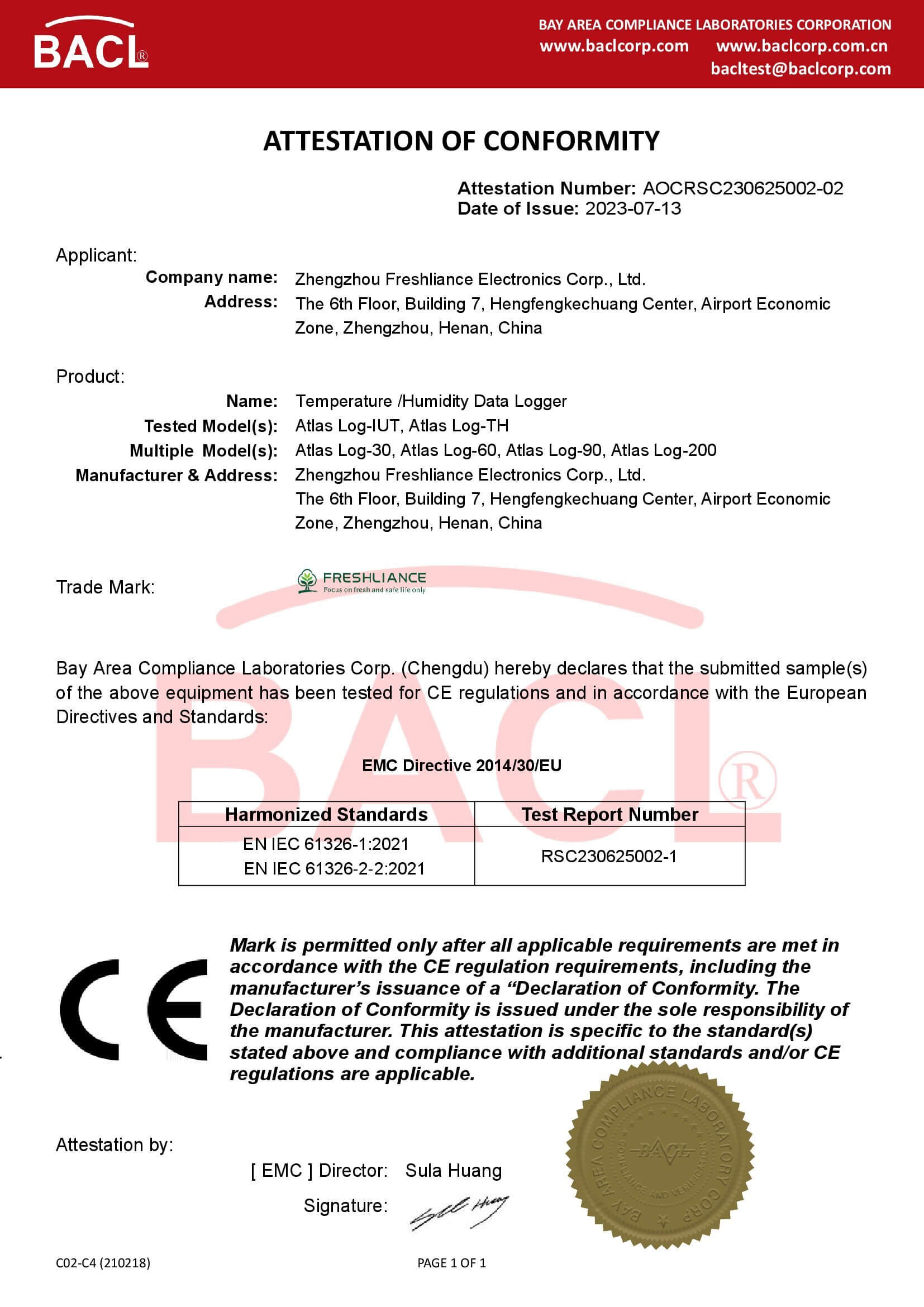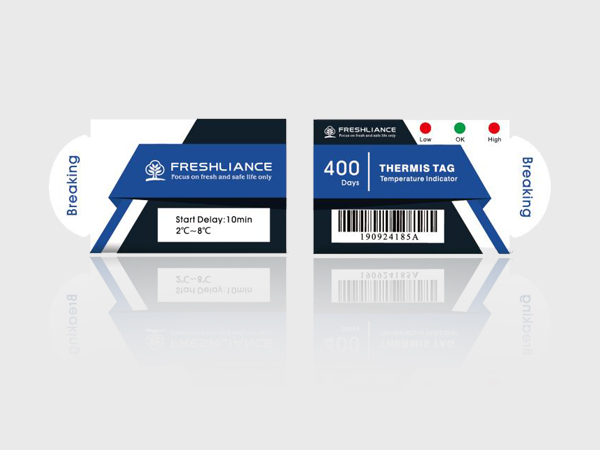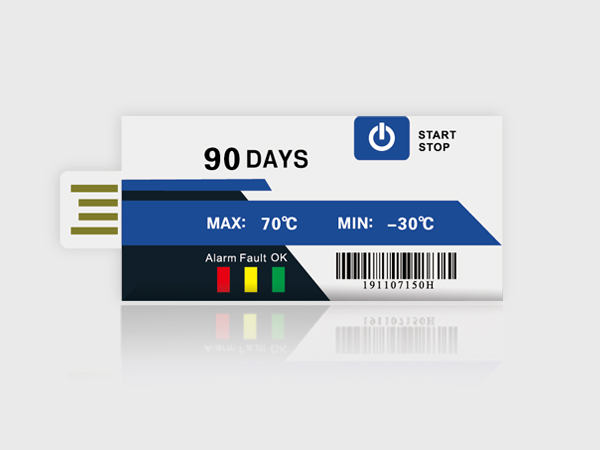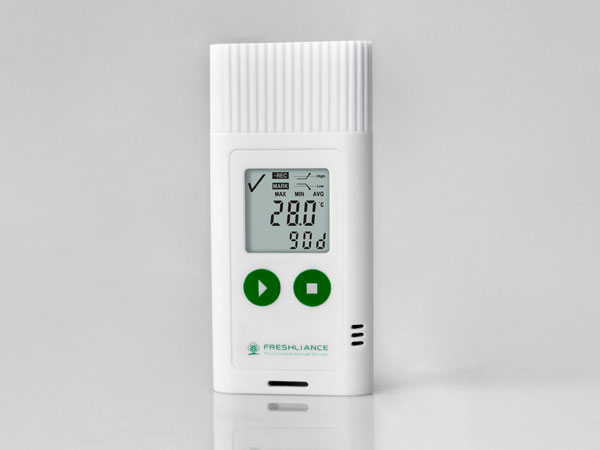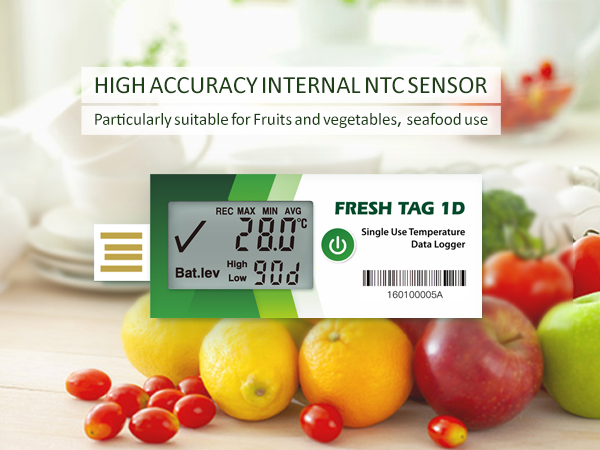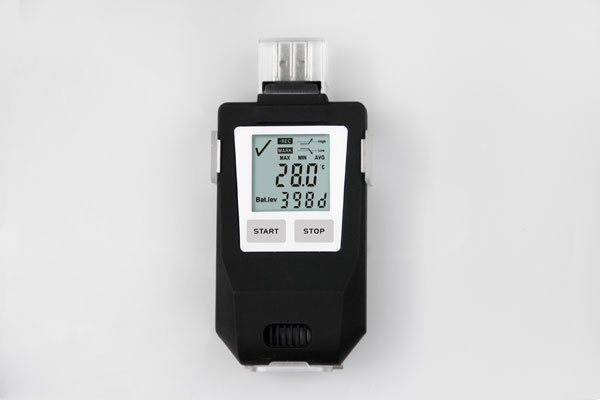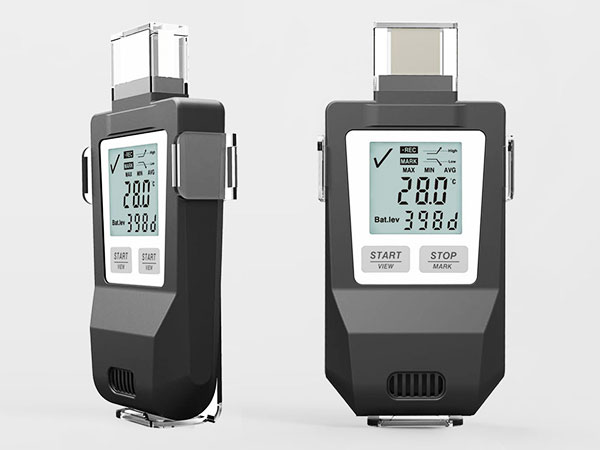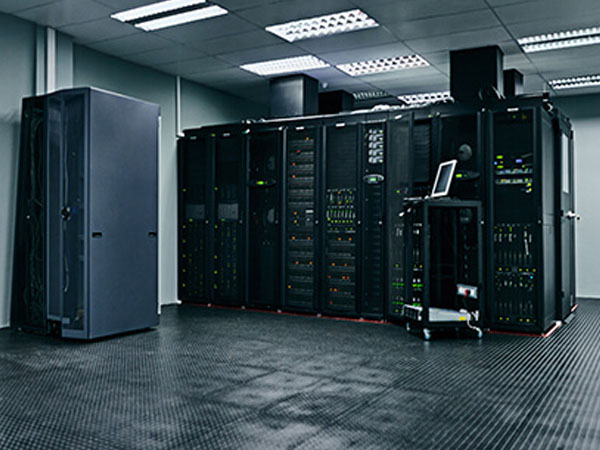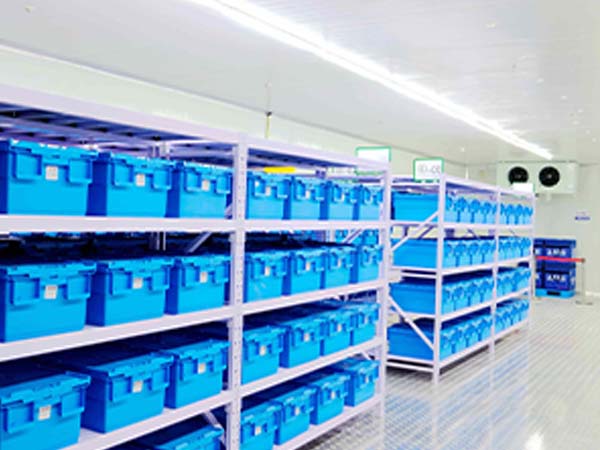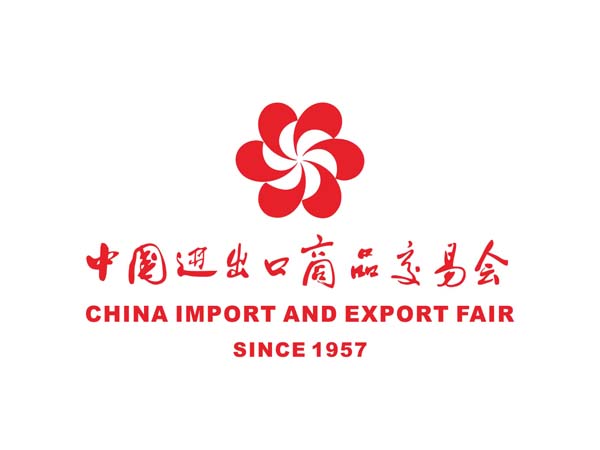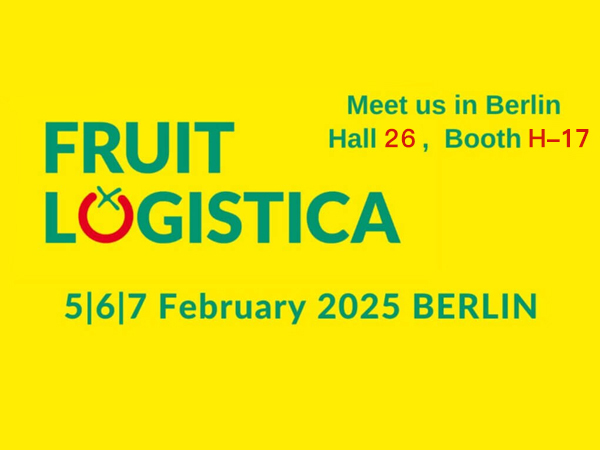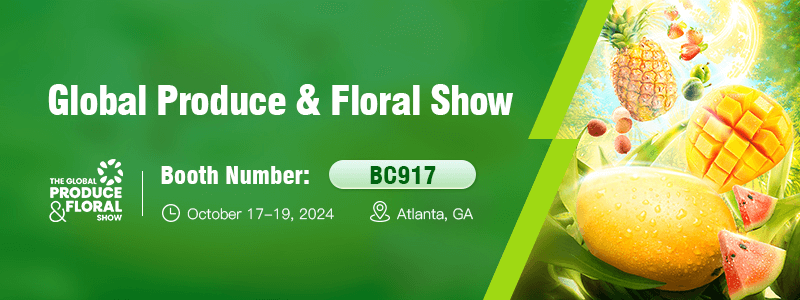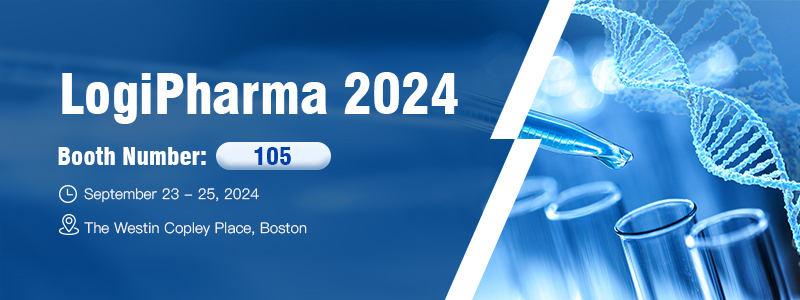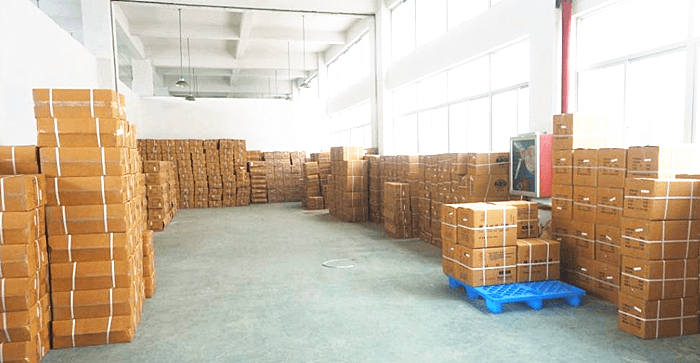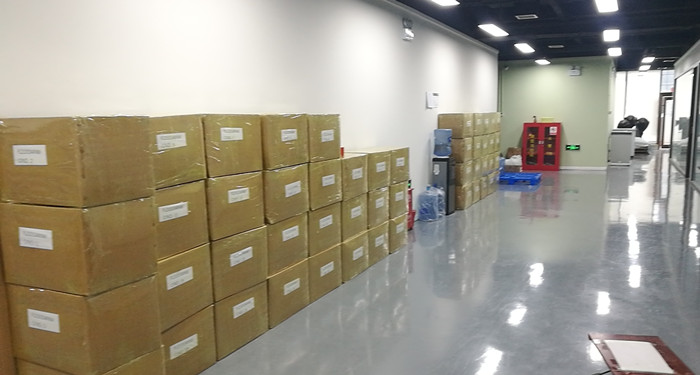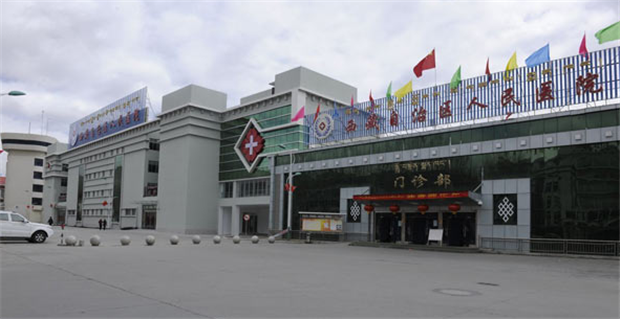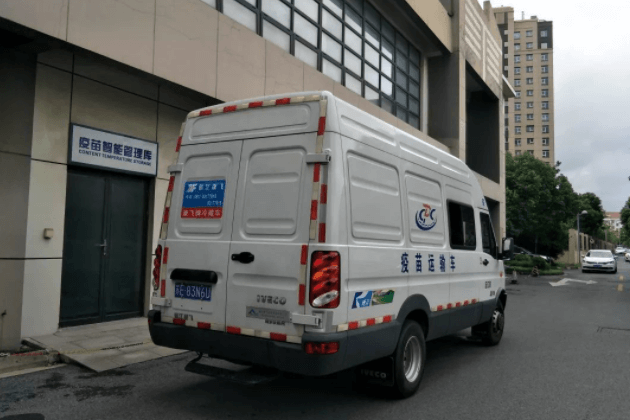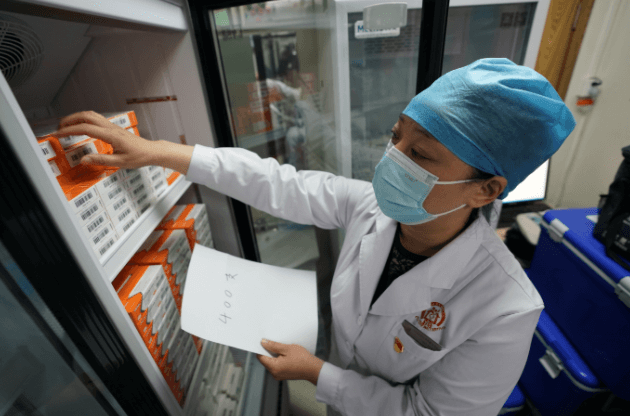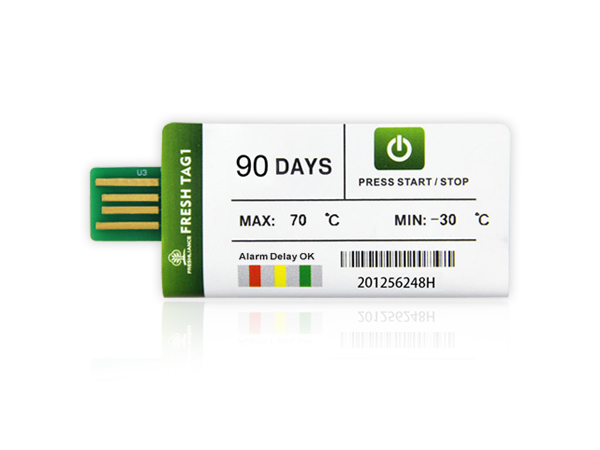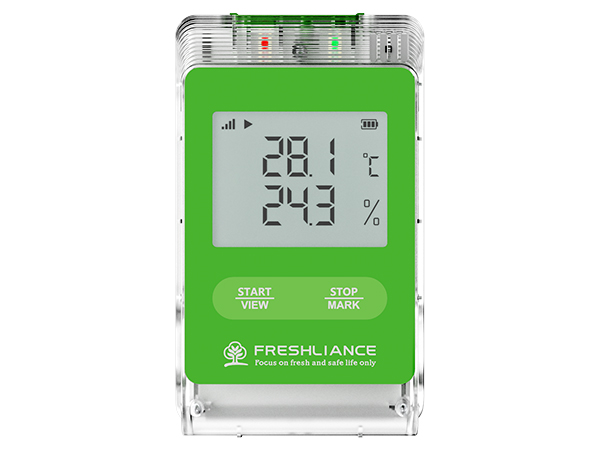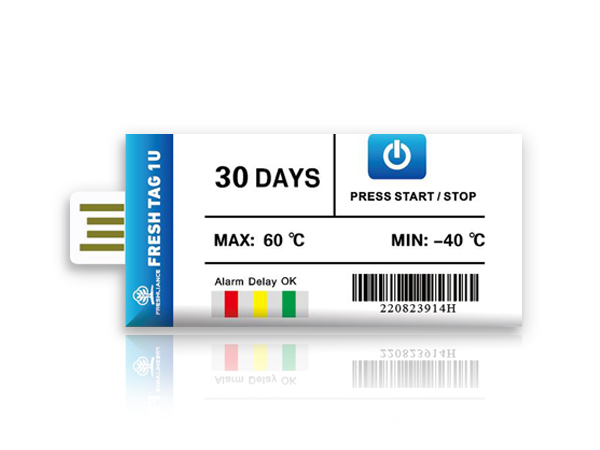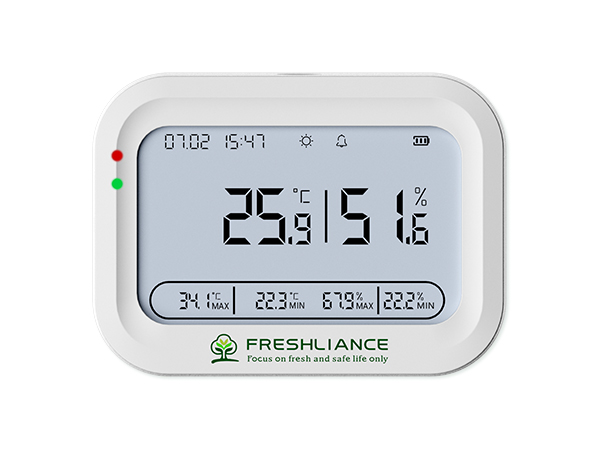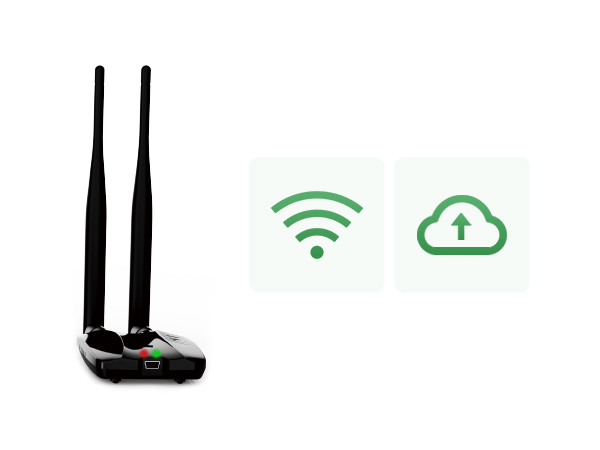How to Monitor the Storage Environment of Vaccines in Real Time?
In the field of healthcare, vaccines play a very important role, mainly reflected in aspects such as preventing diseases, controlling the spread of infectious diseases, protecting special populations, and contributing to the elimination of specific diseases.

The storage environment requirements for vaccines are very strict, including aspects such as temperature, humidity, light, and storage equipment.
Temperature Requirements:
Generally speaking, most vaccines need to be stored in a constant temperature environment of 2℃ to 8℃, such as influenza vaccines, hepatitis B vaccines. Within this temperature range, the antigenicity and stability of vaccines can be well maintained, ensuring their immunization effects.
For special vaccines, such as some live attenuated vaccines like freeze-dried measles vaccines, they usually need to be stored in a low-temperature environment below -20℃ to maintain the activity of the attenuated viruses or bacteria in the vaccines.
Humidity Requirements:
Generally, the relative humidity of the vaccine storage environment should be maintained between 35% and 75%. Excessive humidity may cause the vaccine packaging to get damp and the labels to become blurred, and may even affect the quality of the vaccines; while too low humidity may cause some components in the vaccines to crack and become ineffective.
Light Requirements
Vaccines usually need to be stored in the dark. Because light, especially ultraviolet light, may cause the antigen components in the vaccines to denature or degrade, thereby reducing the immunogenicity of the vaccines and affecting the immune effect. Therefore, vaccines are generally stored in brown bottles or containers with light-proof packaging, and the storage place should also avoid direct strong light.

Requirements for Storage Equipment
Special medical refrigeration equipment should be used, such as medical refrigerators and freezers. These devices need to have precise temperature control and monitoring functions, be able to display and record the temperature in real time, and be equipped with a temperature alarm device that can issue an alarm in a timely manner when the temperature exceeds the normal range.
How to effectively monitor the storage environment of vaccines?

The COEUS real-time temperature and humidity recorder produced by Freshliance will be your powerful assistant. It uses high-precision temperature and humidity sensors to monitor, displays and records environmental temperature and humidity data in real time and accurately. It can automatically record temperature and humidity values at set time intervals (such as every 5 minutes or 10 minutes), and then transmit the data to the cloud monitoring platform through wireless communication methods (such as Wi-Fi, 4G, etc.) to achieve remote real-time monitoring. Once a data alarm occurs, users will receive email or SMS message notifications.


